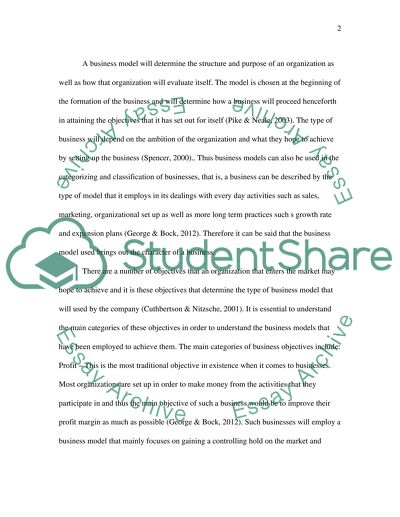Cite this document
(“Based on the above statement. discuss and critically evaluate the Essay”, n.d.)
Retrieved de https://studentshare.org/finance-accounting/1466027-based-on-the-above-statement-discuss-and
Retrieved de https://studentshare.org/finance-accounting/1466027-based-on-the-above-statement-discuss-and
(Based on the above Statement. Discuss and Critically Evaluate the Essay)
https://studentshare.org/finance-accounting/1466027-based-on-the-above-statement-discuss-and.
https://studentshare.org/finance-accounting/1466027-based-on-the-above-statement-discuss-and.
“Based on the above Statement. Discuss and Critically Evaluate the Essay”, n.d. https://studentshare.org/finance-accounting/1466027-based-on-the-above-statement-discuss-and.


